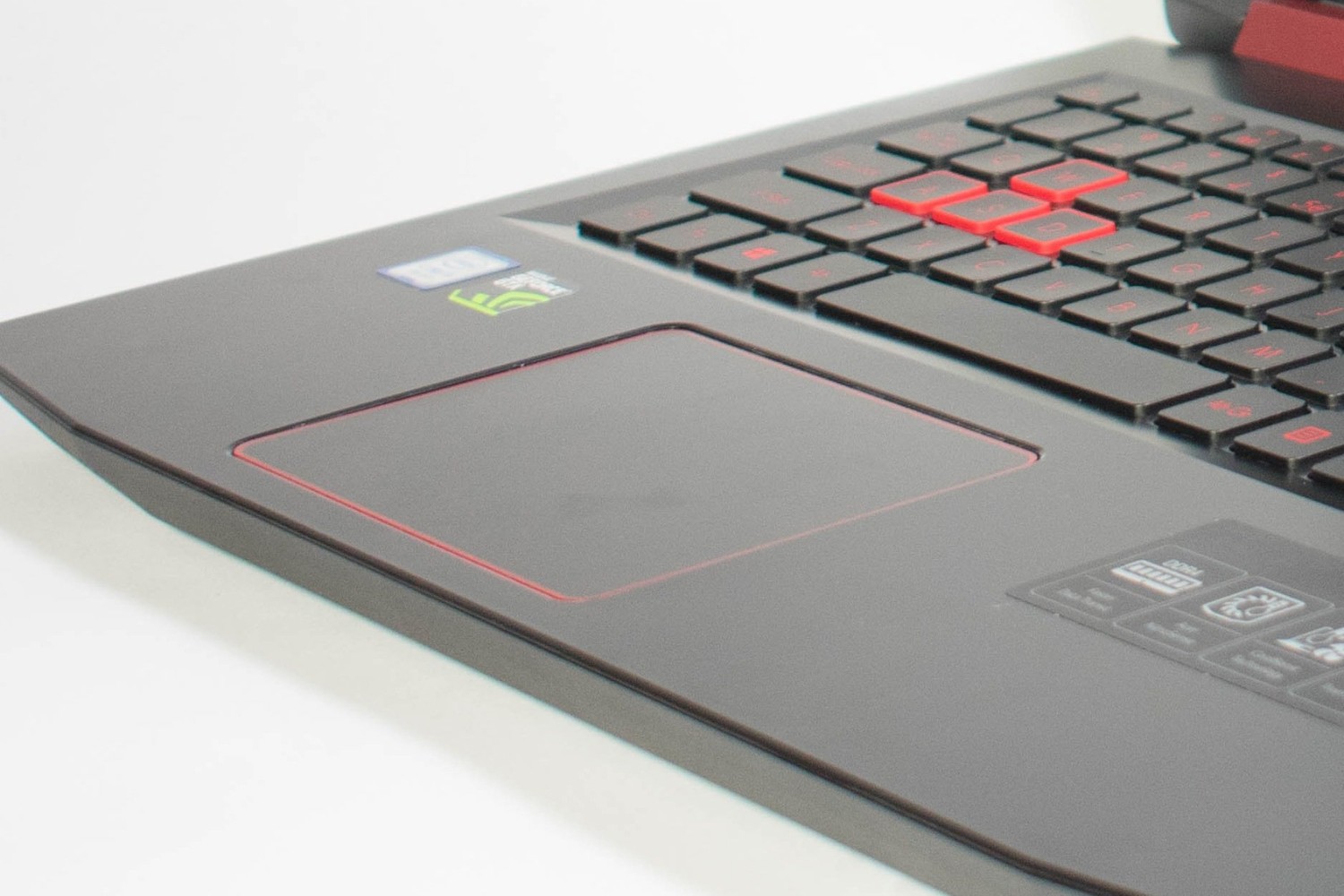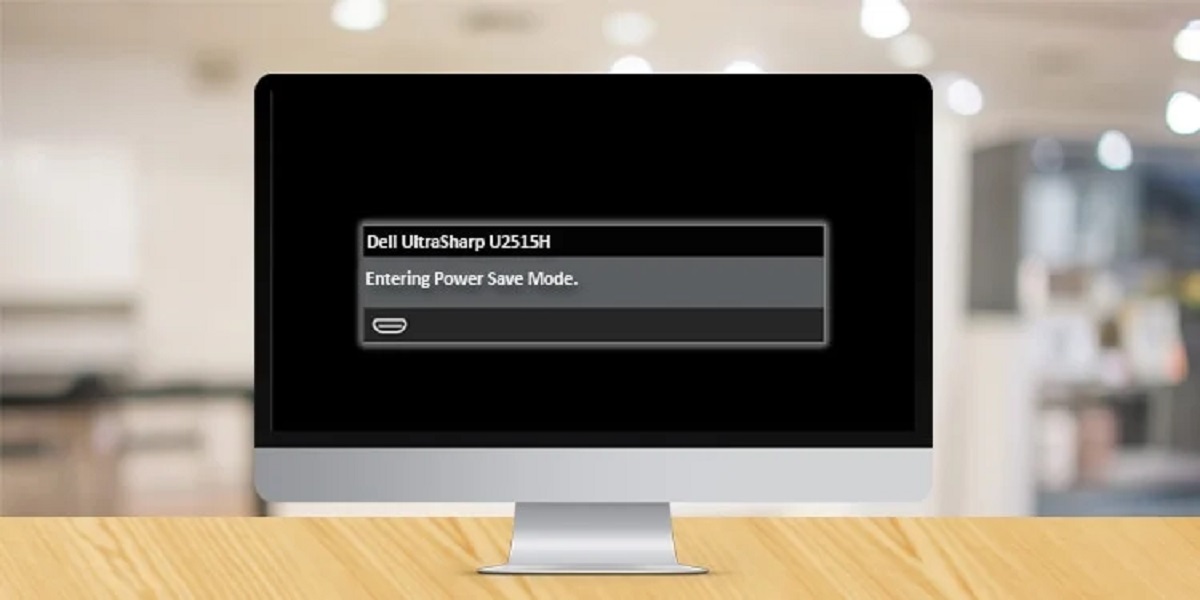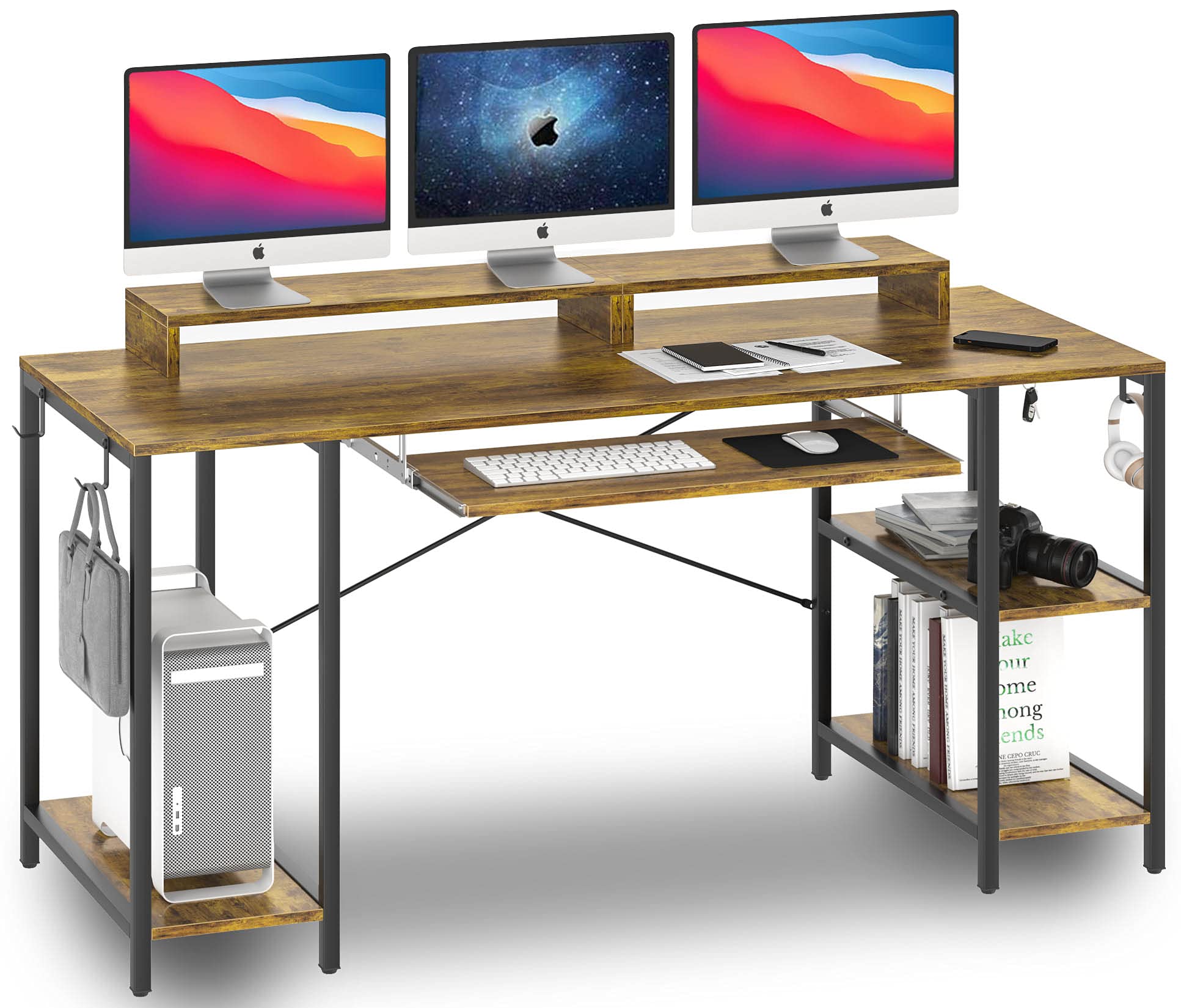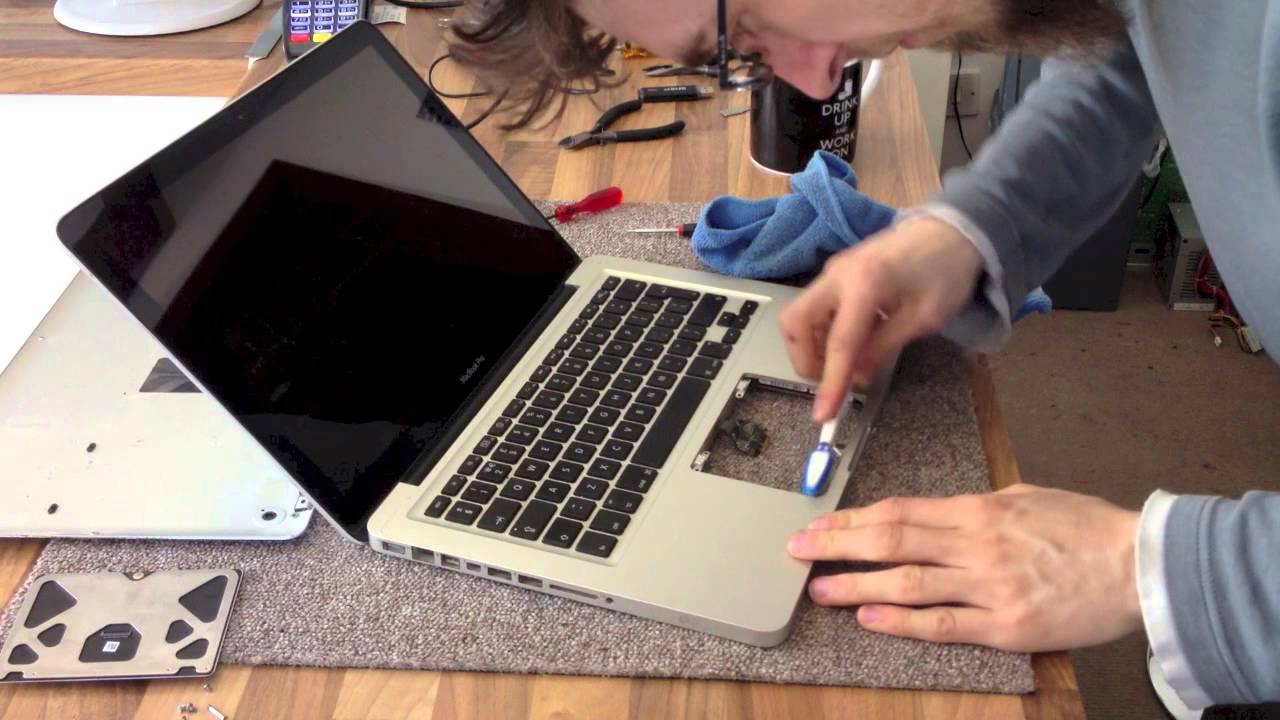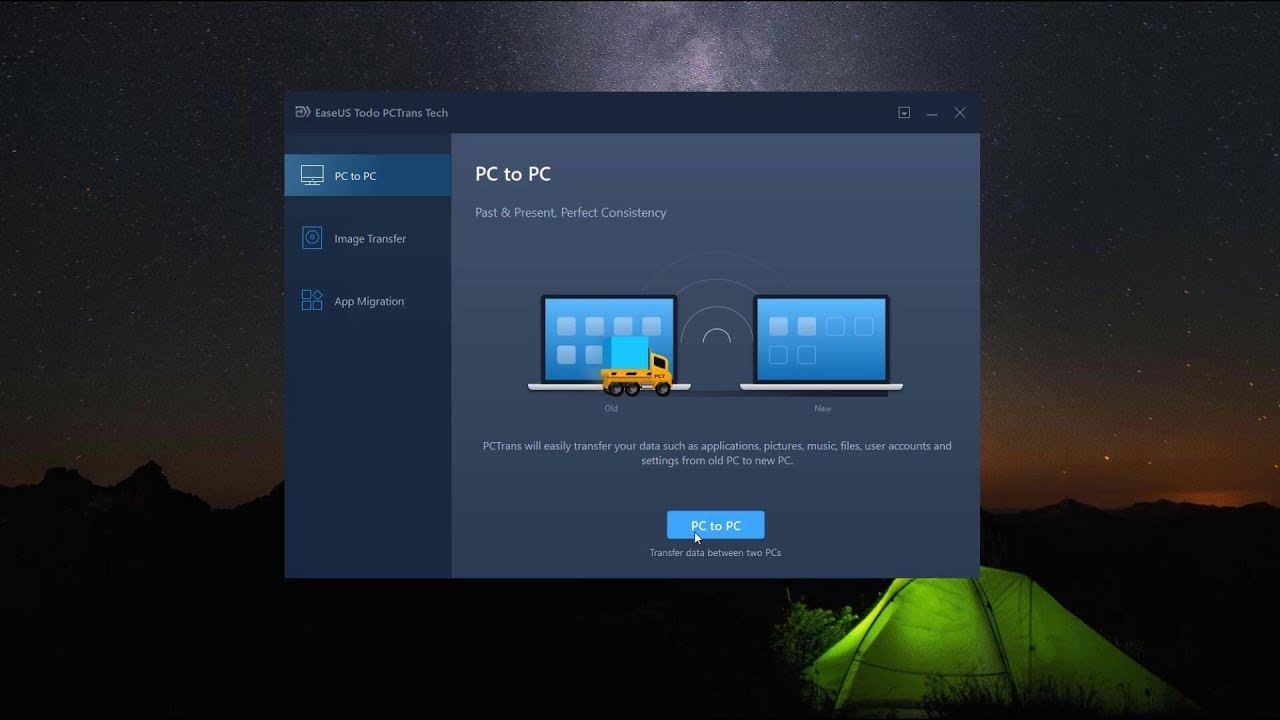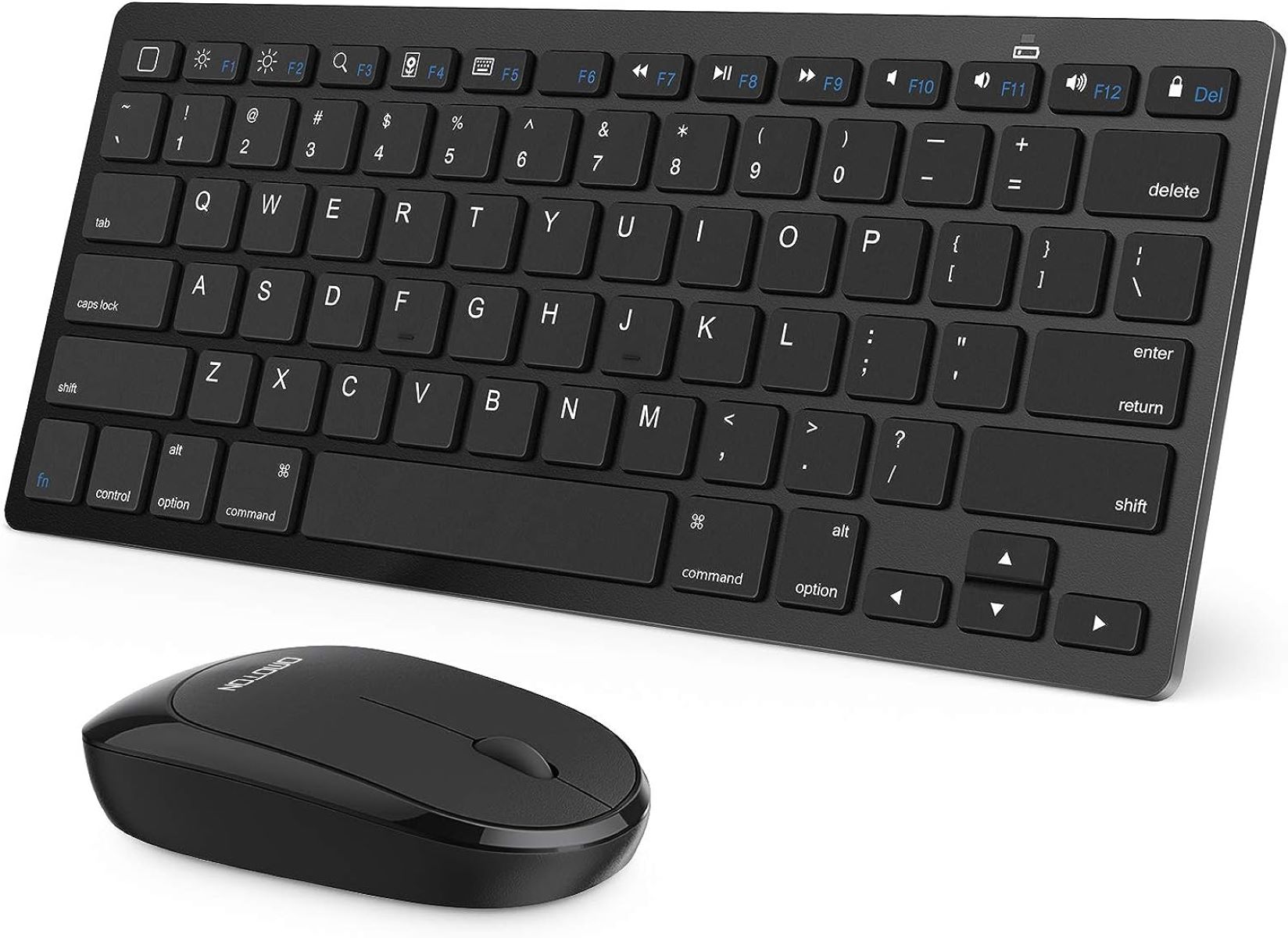Introduction
Understanding the Frustration of a Stuck Mouse Pad
Have you ever experienced the annoyance of a stuck mouse pad while working on your computer? It's a common issue that can disrupt your workflow and leave you feeling exasperated. Whether you rely on a laptop's built-in touchpad or an external mouse pad, encountering a lack of responsiveness can be incredibly frustrating. However, before you let this inconvenience get the best of you, there are several simple and effective solutions that can help resolve the problem and get you back to smooth, uninterrupted navigation.
From accumulated dirt and debris to software glitches and hardware malfunctions, a stuck mouse pad can stem from various sources. Understanding the potential causes and troubleshooting methods can empower you to tackle the issue with confidence. By taking a proactive approach and familiarizing yourself with the steps to address a non-responsive mouse pad, you can regain control over your computing experience and prevent future disruptions.
In the following sections, we will explore practical solutions to address a stuck mouse pad, ranging from basic cleaning techniques to adjusting mouse settings and checking for physical damage. Additionally, we will delve into the importance of keeping your mouse driver up to date and the option of using an external mouse as a temporary workaround. By the end of this guide, you will be equipped with the knowledge and strategies to overcome the frustration of a stuck mouse pad and restore seamless functionality to your computing device. Let's embark on this troubleshooting journey and reclaim the smooth, effortless navigation that is essential to your productivity and enjoyment of technology.
Clean the Mouse Pad
Removing Obstacles for Smooth Navigation
One of the most common culprits behind a stuck mouse pad is the accumulation of dirt, dust, and debris. Over time, these particles can interfere with the sensor’s ability to track movement accurately, resulting in erratic cursor behavior or unresponsiveness. Fortunately, addressing this issue is relatively straightforward and can often yield immediate improvements in the pad’s functionality.
To commence the cleaning process, begin by shutting down your computer or disconnecting the external mouse pad. This precautionary measure ensures that no accidental clicks or movements occur during the cleaning procedure. Next, gather a few simple supplies, such as a microfiber cloth, cotton swabs, and isopropyl alcohol or a mild cleaning solution.
Start by gently wiping the surface of the mouse pad with the dry microfiber cloth to remove any loose particles and surface-level grime. For more stubborn residue or oily buildup, lightly dampen the cloth with the cleaning solution and continue wiping the pad in a gentle, circular motion. It’s essential to avoid using excessive moisture, as this can seep into the pad’s internal components and cause damage.
If the edges of the mouse pad are particularly grimy or if debris has accumulated around the edges, carefully use a cotton swab dampened with the cleaning solution to target these areas. Be mindful of not applying excessive pressure, as this can potentially damage the pad’s surface or sensor. Once the cleaning process is complete, allow the mouse pad to air dry thoroughly before reconnecting it to your computer or turning the device back on.
Regularly incorporating this simple cleaning routine into your maintenance regimen can help prevent future instances of a stuck mouse pad and maintain optimal functionality. Additionally, practicing good hand hygiene and ensuring that your work surface is clean can contribute to a cleaner, more responsive mouse pad experience. By taking proactive measures to eliminate physical obstructions, you can enjoy smooth, precise navigation and minimize the frustration associated with a non-responsive mouse pad.
Adjust Mouse Settings
Optimizing Sensitivity and Responsiveness
When confronted with a stuck mouse pad, adjusting the mouse settings on your computer can often provide a quick and effective solution. By fine-tuning the sensitivity, speed, and other parameters, you can customize the mouse pad’s behavior to better suit your preferences and mitigate issues related to unresponsiveness or erratic cursor movement.
To access the mouse settings, navigate to the Control Panel or Settings menu on your computer, depending on the operating system you are using. Look for the “Mouse” or “Touchpad” option, which typically provides a range of adjustable settings to modify the behavior of the pointing device. Some common parameters that you can adjust include pointer speed, scrolling speed, and touchpad sensitivity.
If you are using a Windows-based system, you can access additional mouse settings by searching for “Mouse Properties” in the Control Panel or the Windows search bar. Here, you can fine-tune the pointer options, such as enhancing pointer precision or adjusting the visibility of the cursor. On macOS, the mouse settings can be found in the System Preferences under the “Mouse” or “Trackpad” section, offering similar customization options to refine the device’s behavior.
Experiment with different settings to find the configuration that best suits your navigation style and preferences. For instance, increasing the pointer speed can make the cursor more responsive to your movements, while adjusting the touchpad sensitivity can help mitigate issues related to a stuck or unresponsive mouse pad. It’s important to make incremental changes and test the adjustments to gauge their impact on the device’s performance.
Furthermore, some advanced settings may allow you to customize gesture controls, multi-touch functionality, and additional features specific to your device. By exploring these options, you can uncover hidden capabilities and tailor the mouse pad’s behavior to align with your workflow and computing habits.
By making strategic adjustments to the mouse settings, you can often alleviate the frustration of a stuck mouse pad and enhance the overall responsiveness and precision of your pointing device. This proactive approach empowers you to fine-tune the technology to your preferences and overcome potential obstacles that hinder smooth navigation.
Update Mouse Driver
Ensuring Compatibility and Performance
Outdated or corrupted mouse drivers can significantly impact the functionality of your mouse pad, leading to unresponsiveness, erratic behavior, or other issues that hinder smooth navigation. By ensuring that your mouse driver is up to date, you can leverage the latest performance enhancements, bug fixes, and compatibility improvements that can address underlying issues and optimize the functionality of your pointing device.
To begin the process of updating your mouse driver, you can access the Device Manager on your Windows-based computer or the System Information menu on macOS. In the Device Manager, locate the “Mice and other pointing devices” category and expand it to reveal the installed devices, including your mouse pad. Right-click on the mouse pad device and select “Update driver” to initiate the driver update process.
Windows will provide you with the option to search for updated driver software automatically or browse your computer for driver software. Opting for the automatic search allows Windows to scan for the latest driver versions available online and install them seamlessly. Alternatively, if you have downloaded the updated driver from the manufacturer’s website, you can choose to browse your computer for the driver software and select the updated file for installation.
On macOS, accessing the System Information menu and navigating to the “Software” section allows you to review the installed drivers and identify any available updates. If an update is available, you can typically download and install it directly from the manufacturer’s website or through the system’s update mechanism.
By keeping your mouse driver up to date, you can ensure that it remains compatible with the latest operating system updates and software advancements. This proactive approach can resolve compatibility issues, improve performance, and address underlying software-related issues that may contribute to a stuck mouse pad.
Regularly checking for driver updates and leveraging the latest enhancements provided by the manufacturer can contribute to a more seamless and responsive computing experience. By staying abreast of driver updates, you can harness the full potential of your mouse pad and minimize the impact of software-related obstacles that impede smooth navigation.
Check for Physical Damage
Assessing the Integrity of Your Mouse Pad
Physical damage to the mouse pad or its underlying components can contribute to unresponsiveness, erratic behavior, or a stuck cursor. Conducting a thorough assessment of the device’s physical condition can reveal potential issues that may require repair or replacement, ultimately restoring smooth and reliable functionality to your pointing device.
Begin the inspection by examining the surface of the mouse pad for visible signs of wear, scratches, or damage. If the pad’s surface is marred or compromised, it can impede the sensor’s ability to track movement accurately, resulting in erratic cursor behavior or unresponsiveness. Additionally, inspect the edges and corners of the pad for any signs of peeling, warping, or detachment from the base, as these issues can also impact the device’s performance.
Next, if you are using an external mouse pad, ensure that it is placed on a clean, level surface that facilitates smooth navigation. Uneven or textured surfaces can interfere with the sensor’s tracking capabilities, leading to inconsistent cursor movement or a lack of responsiveness. Additionally, verify that the mouse pad is not positioned near sources of electromagnetic interference, as this can disrupt the communication between the pad and the computer.
If you are using a laptop with a built-in touchpad, inspect the physical condition of the touchpad surface for any visible damage or irregularities. Ensure that the touchpad is free from obstructions, such as stickers, residues, or foreign objects that may interfere with its functionality. In some cases, a simple cleaning routine can alleviate issues related to physical obstructions and restore the touchpad’s responsiveness.
For external mice, examine the cable or wireless connection for any signs of wear, fraying, or damage that may impede the device’s performance. Additionally, ensure that the mouse’s sensor is free from debris and that the mouse buttons are functioning properly without sticking or jamming.
By conducting a comprehensive assessment of the mouse pad and its associated components, you can identify potential physical issues that may contribute to a stuck or unresponsive mouse pad. Addressing these issues promptly through repair or replacement can restore the device’s functionality and ensure seamless navigation, ultimately enhancing your computing experience.
Use an External Mouse
Temporary Workaround for Seamless Navigation
When faced with a persistently stuck or unresponsive mouse pad, utilizing an external mouse can serve as a practical workaround to maintain smooth and precise navigation while addressing the underlying issues affecting the built-in touchpad or mouse pad. Whether you are using a laptop or a desktop computer, connecting an external mouse provides a temporary solution that allows you to continue your work or leisure activities with minimal disruption.
If you are using a laptop with a non-functional touchpad, connecting a USB or wireless mouse can swiftly restore your ability to navigate the interface with ease. Most laptops feature USB ports that accommodate external mice, providing a convenient plug-and-play solution that eliminates the need for complex configurations or installations. Wireless mice offer the added advantage of freedom from cable clutter and enhanced mobility, allowing you to position the mouse comfortably within reach.
For desktop computer users experiencing issues with an unresponsive mouse pad, connecting an external mouse can provide an immediate alternative for seamless navigation. Modern desktop computers typically offer multiple USB ports to accommodate external peripherals, ensuring that you can swiftly connect and utilize an external mouse to bypass the limitations of the built-in mouse pad.
When using an external mouse as a temporary workaround, it’s essential to adjust to the different ergonomics and navigation style compared to the built-in touchpad. Familiarizing yourself with the mouse’s sensitivity, button layout, and scrolling capabilities can help you maintain productivity and efficiency during the period when the built-in mouse pad is non-functional.
While an external mouse serves as a practical solution for seamless navigation, it’s important to address the underlying issues affecting the built-in touchpad or mouse pad to ensure comprehensive functionality and avoid prolonged dependence on the external device. By leveraging the temporary convenience provided by an external mouse, you can continue your computing activities without interruption, allowing you the time and flexibility to address the root cause of the stuck mouse pad.
Conclusion
Empowering Smooth and Responsive Navigation
Encountering a stuck mouse pad can be a frustrating and disruptive experience, but armed with the knowledge and strategies outlined in this guide, you can proactively address the issue and restore seamless functionality to your pointing device. From basic cleaning techniques to software adjustments and temporary workarounds, navigating the challenges posed by a stuck mouse pad is achievable through practical and effective solutions.
By regularly cleaning the mouse pad and maintaining a clean work environment, you can prevent the accumulation of debris and ensure optimal responsiveness. Adjusting the mouse settings to align with your preferences and work habits empowers you to customize the device’s behavior and enhance its precision. Keeping the mouse driver up to date ensures compatibility with the latest software advancements and resolves potential issues stemming from outdated or corrupted drivers.
Conducting a thorough assessment for physical damage and utilizing an external mouse as a temporary workaround are additional measures that can help you maintain productivity and seamless navigation while addressing the underlying issues affecting the built-in touchpad or mouse pad.
By integrating these strategies into your troubleshooting approach, you can navigate the frustration of a stuck mouse pad with confidence and efficiency, reclaiming the smooth, effortless navigation that is essential to your productivity and enjoyment of technology. Embracing a proactive mindset and incorporating these solutions into your maintenance routine empowers you to overcome obstacles and maintain optimal functionality, ensuring a seamless and responsive computing experience.
Remember, technology is a tool that should enhance your efficiency and enjoyment, and by leveraging the insights shared in this guide, you can harness the full potential of your pointing device and minimize the impact of a stuck mouse pad on your computing activities. With these strategies at your disposal, you are well-equipped to navigate the challenges posed by a stuck mouse pad and experience the effortless, precise navigation that is essential to your digital endeavors.









